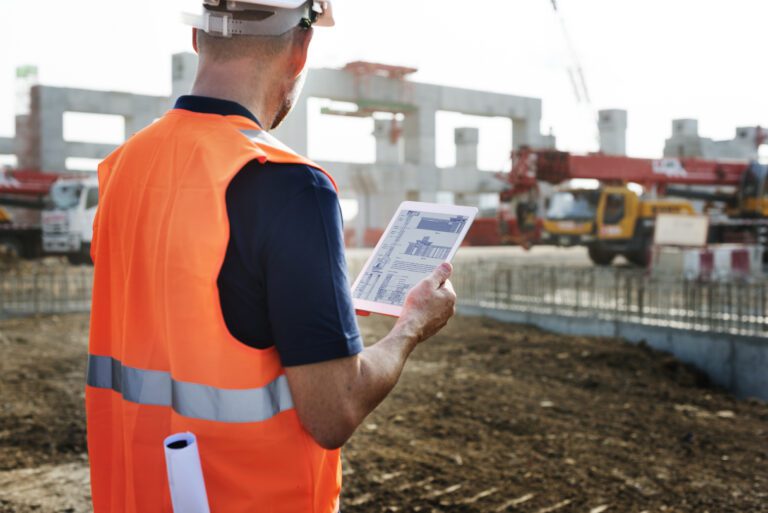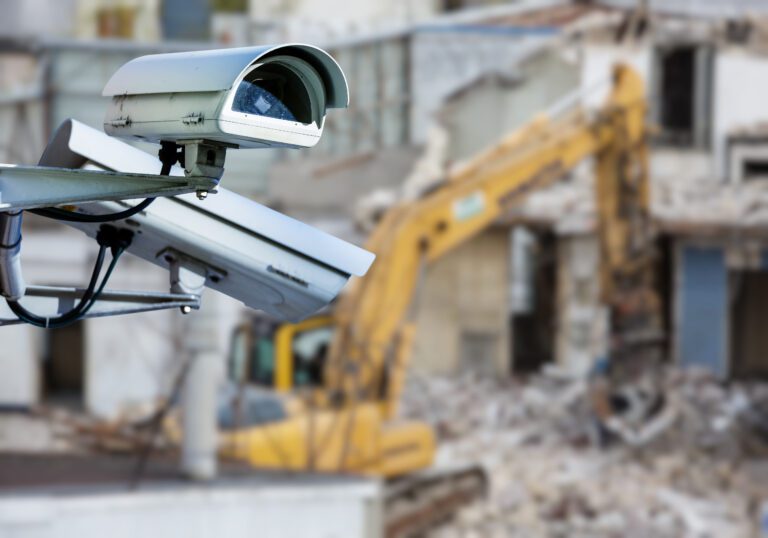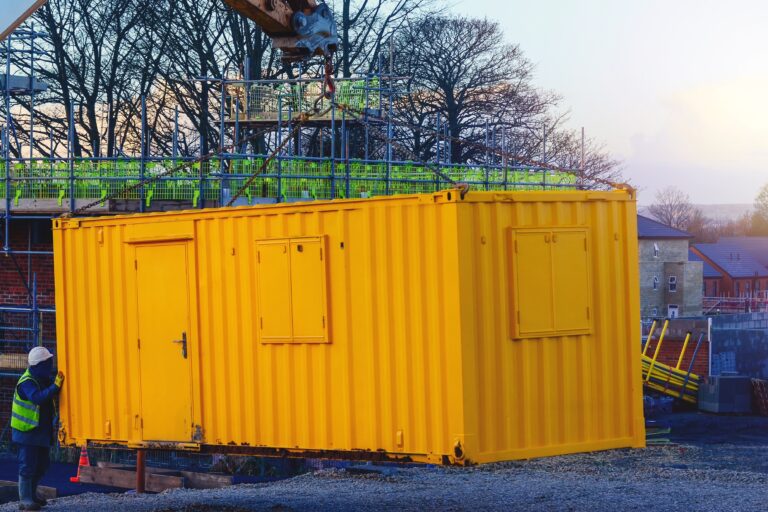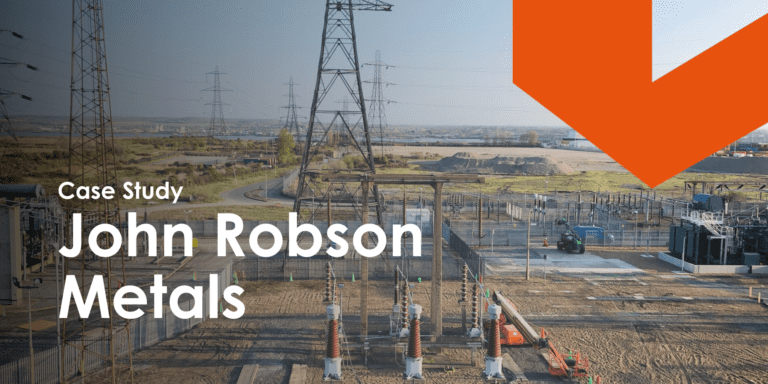14th December, 2021
Construction Robots and Different Types of Machine Learning: How AI is Changing the Industry
AI is changing the construction industry. We look at construction robots & different machine learning to identify how this could help businesses in the future.
AI in construction is rapidly changing the industry from multiple levels. The same can be said for any industry looking to implement various types of machine learning.
The concept is simple: robots handle certain tasks typically completed by humans. Tasks that could be described as ‘monotonous’ or ‘dangerous’ in practice. Moreover, automation of this kind covers planning alongside design, which allows human workers to hone their skills in other areas of the operation.
This type of technology will always be an interesting topic of conversation. After all, AI doesn’t require any real human intervention to operate and complete tasks. It might feel like a concept from the future but there are countless examples of automation in construction set in the modern day.
Some see it as a negative, others, as a positive in the grand scheme of things.
Continue reading to discover more about construction robots and the different types of machine learning that are shaping the future of the industry.
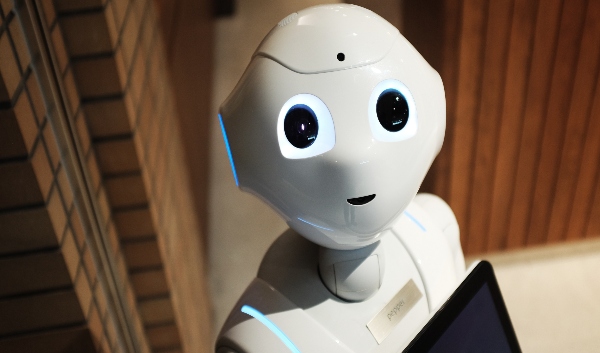
What Are the Different Types of Machine Learning?
To understand the different types of machine learning, the definition of machine learning must be identified.
Machine learning is the study of computer algorithms that map out key actions through data. In other words, it’s a branch of artificial intelligence, as in it has the capacity to think for itself and act on those thoughts to complete tasks.
In construction, those tasks could involve creating a 3D model of a building, or handing the manufacturing of certain components at off-site factories to robots.
There are multiple different subtypes of machine learning, all of which apply to AI in construction in one way or another. With that said, let’s take a look at the different types of machine learning.
Supervised Learning
Supervised learning is one of the more basic types of machine learning and requires a human touch for it to be successful – at least at the beginning.
In this type of learning the machine algorithm is trained on labeled data which needs to be organised ahead of time by a supervisor. Data that is fed to the model will predict accurate outcomes in time, once it has outgrown the need for training wheels.
Supervised learning has the capacity to help construction-based businesses solve complex problems at scale. This includes automating certain administrative tasks that revolve around planning and staff management. This is very advantageous for any construction manager, as it saves them time managing their team and preparing their workload.
Unsupervised Learning
Unsupervised learning is the opposite of supervised learning in that it is able to work with unlabelled data. This means the machine can read larger datasets with complete autonomy based on initial training sets.
Clustering is used by the machine learning algorithm to find unique ways of compressing data sets, discarding anything it deems irrelevant. Unsupervised learning is beneficial as it doesn’t require too much time to set up compared to supervised learning.
In construction, unsupervised learning has helped with various tasks including data preparation and customer segmentation. Keeping track of employees is essential for any construction company dealing with multiple projects at any given time.
Reinforcement Learning
Reinforcement learning introduces AI to a game-like situation where its goal is to maximise its total. There are rewards and penalties for the actions it performs. Over time, the computer will begin to see a pattern. The algorithm here uses trial-and-error to find its end point.
The goal of reinforcement learning is to create a sequence of key decisions that a system could then follow. The AI is given no hints as to how it can maximise its winnings in solving the game.
Reinforcement learning is the most common type of AI associated with machines. Autonomous construction robots, in particular, move independently thanks to reinforcement learning.

What Are the Benefits of AI in Construction?
AI is innovation manifest, speeding up most of the processes tied to construction from a planning and development stage. It also applies to the machinery used at the actual building stage.
As a business manager, the idea of AI in construction should appeal to you more than anyone else in the company. After all, with machine learning you can improve multiple areas of your business in one go.
Automating tasks and streamlining workflow are two of the main benefits that arrive with automation in construction, but this is only the beginning…
Better 3D Model Builds
Machine learning, and all of its different types, is making 3D modelling a lot easier. Buildings all vary in terms of dimensions and other internal factors. Multiple departments will work on these elements before agreeing on a final 3D model of the finished building.
With construction, there are various sub-teams working on a single project:
- Architecture
- Engineering
- Electrical
- Mechanical
- Plumbing
MEP plans do clash, thus making a final design all the more difficult to agree upon. Finding a compromise can take time which is something that most construction companies don’t have as they work to tight deadlines.
This is where machine learning enters the picture. There is AI-based software out there that generates different models based on these clashes. In other words, it generates multiple models for those in charge to visualise and discuss.
Furthermore, there are types of machine learning available that actively test models based on environmental factors. Have a project in an area known for heavy bouts of rain? Use AI to help test certain builds to see how it reacts.
It’s foresight like this that can save businesses a lot of money in the long haul. Simulating fully-built models provides accurate information in real-time too. This helps workers realise mistakes or highlight issues with current plans.
Reduce Overall Risks
Automation in construction has multiple applications. One of the most helpful things about machine learning is that it can predict risks before they happen. Every construction project will have some risks involved, that is a given.
Risks aren’t limited to physical harm either. Quality, time, and cost also need to be considered. The larger the project, the more risk involved.
So how do you mitigate risk in construction?
One way involves AI. Through learning solutions, construction businesses can monitor and rank all risks in order of importance. This allows companies of all sizes to work through these issues based on which needs sorting first. Predictive analytics can sometimes provide accurate solutions to these problems.
Reducing risks is one of the main goals of construction managers. Understanding these risks in advance could save companies precious time and money.
Automation in Construction Project Planning
Large scale projects have a knack for going well over budget. It’s partly the reason why companies are using Artificial Neural Networks to predict overruns before that money is even spent.
These networks are used in machine learning to predict overspending, using the size of the project, and the skill level of project managers to deliver unique results.
Furthermore, artificial intelligence can be used to schedule and order specific materials in line with build timelines and company-wide waste commitments. This coincides with cost overruns as companies will reduce unnecessary spending and only spend money when necessary.
Most companies will utilise IoT (internet of things) tech to do this. Programs that automatically distribute reports and images.
To recap, automation in construction product planning allows companies to:
- Streamline the ordering process
- Cut down unnecessary spending
- Auto receive reports and images
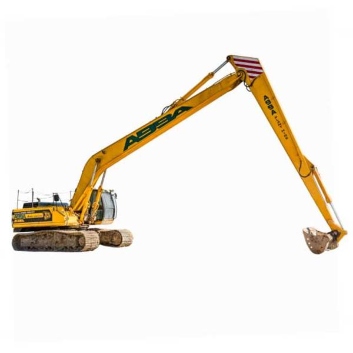
Construction Robots Help Productivity
Smart robots, those used to perform repetitive tasks, are increasing productivity tenfold. In fact, there are some companies out there only offering self-driving machinery to do everything from pour concrete to welding.
Construction robots can also help excavate sites quicker so that the next stage can commence. There are semi-autonomous bulldozers available that can complete a job in half the time after being programmed by a living person.
Self-driving construction vehicles have been around for quite some time. Caterpillar, one of the leading providers of construction equipment, began its first autonomy program more than 30 years ago.
Productivity isn’t limited to robot workers either. Some project managers have implemented AI systems that track work using cameras found onsite, and other forms of tech used to monitor progress.
This is very handy to have when evaluating the overall performance of your workforce. With this data, project managers can provide accurate feedback to employees. A must for construction companies looking to develop high-performing teams.
Administrative Tasks and Machine Learning
Machine learning goes beyond design and constriction benefits as it also helps with general administrative tasks.
Facility management for example, can be tough to organise within a busy company. This can result in gaps in important data which is required to manage sites and conduct repairs/renovations when needed.
Furthermore, construction companies can get the most out of its Building Information Modelling (BIM) model by implementing machine learning directly into this strategy. Machine learning boosts the BIM model by presenting the best ways of avoiding hazards and dangerous areas before the project begins.
Machine learning handles most of the time-consuming admin tasks. It also removes human error from the equation meaning all data is 100% accurate at all times.
AI Site Security/Organisation
AI-backed surveillance is making it easier for construction managers to monitor everything from materials to workers. With AI, surveillance can observe and report as programmed, reporting any suspicious behavior to those in charge.
A vehicle out of place, or a worker doing something they shouldn’t, both count as suspicious behaviour. AI can also track who should/shouldn’t be on site. In other words, who has permission to be there and who doesn’t.
Unfortunately, your construction site is vulnerable to theft and criminal activity. However with AI, you can be confident that your site is secure.
The Future of Automation in Construction
There’s no telling where AI in the construction industry is heading. Still, there are plenty of hints to follow.
For example, Doxel, an AI solutions company, is doing wonders with its fleet of autonomous robots that map and track work in real-time. The AI is mostly used for electrical and plumbing purposes, but it has all the potential in the construction world to become something far greater.
The idea that AI will one day replace all humans, although true to some extent, won’t happen for a while yet. It will surely affect how businesses approach business models in the coming months/years.
After all, the technology exists across multiple parts of the business, be it administrative or on the actual worksite.
Boston Dynamics have already hinted at what is possible with its robot dog Spot. Could AI train and roll out a fleet of electric guard dogs to patrol construction sites during nights? It’s certainly possible, given how far AI in construction can go.

Construction Robots and Different Types of Machine Learning: How AI is Changing the Industry
Machines that think and act autonomously is somewhat of a scary concept, given the limitless potential this type of technology has. However, most tend to forget that AI is there to assist, and right now, all types of machine learning lack the capacity to lead a robot revolution.
Artificial intelligence has already begun making a difference across various industries, with construction being one of the main examples. The construction companies implementing AI have recorded increased productivity and overall workflow, amongst other onset benefits.
Automation in construction can help make the act of hiring tools and/or equipment all the easier, too. This is something we specialise in at YardLink. We supply you with everything you need to get your construction plans moving.
For more information on how we can help you get your next project started, call us today.
YOU MIGHT ALSO BE INTERESTED IN


